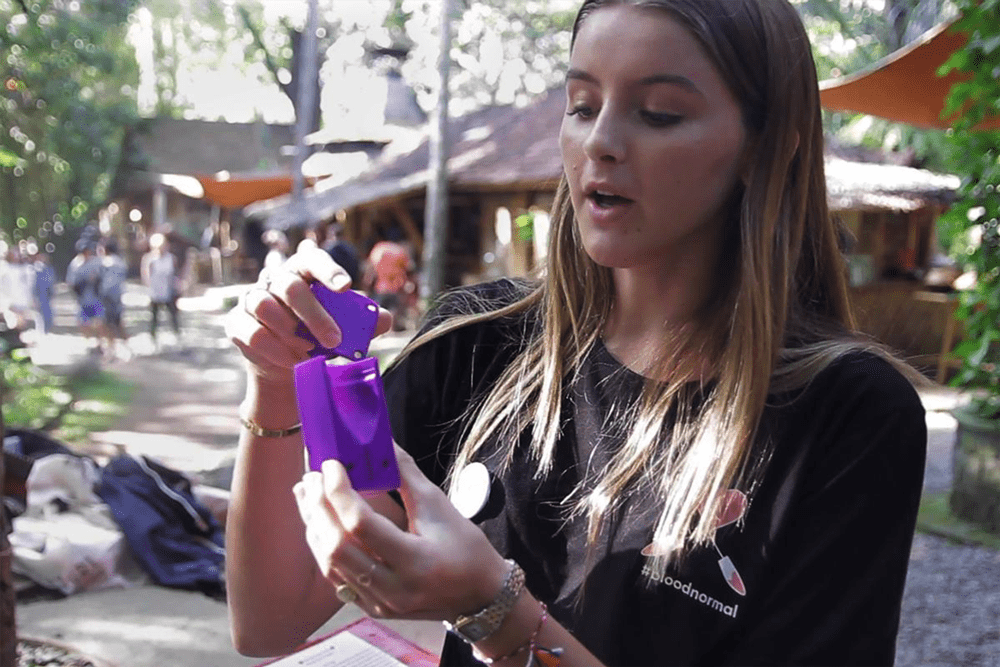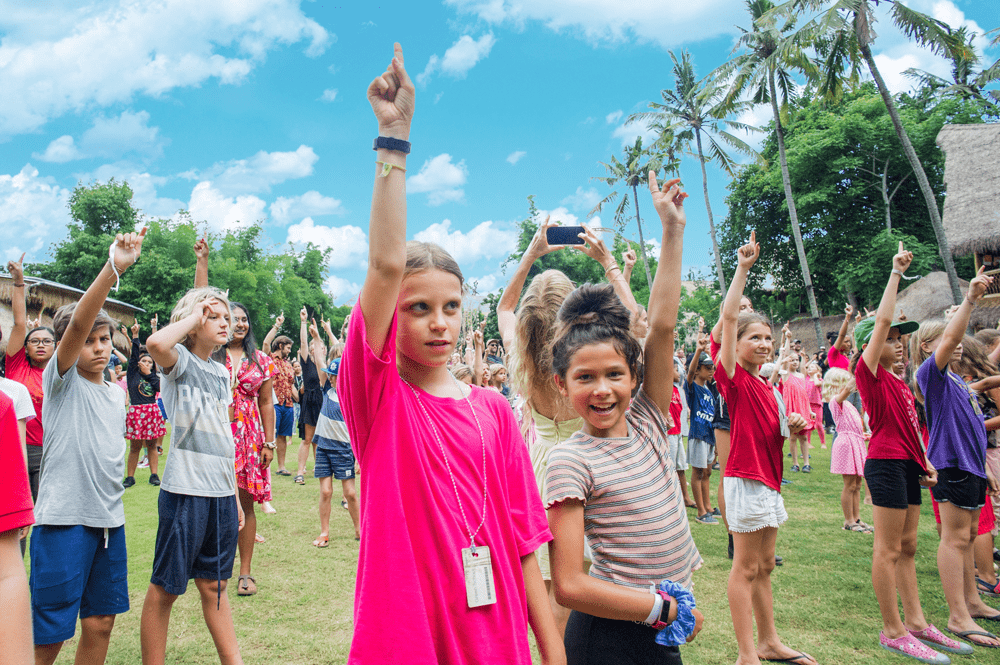There’s no denying that the COVID pandemic has exacerbated inequalities worldwide. It has also made visible the failings of current education models to address these inequalities in the classroom as a step towards dismantling them. At Green School, concepts around inequality are integrated into our curriculum in a holistic way to unveil the intersectionality of all social justice issues. We are a community of learners working towards making our world sustainable, and we understand that social sustainability is as much a part of the equation as environmental sustainability.
While the topic of gender equality is integrated into our year-round curriculum at Green School, the period from Valentine’s Day through Earth Day holds a special significance. In alignment with the global V-Day activist movement to end violence against women (cisgender, transgender, lesbian and others who hold fluid identities that are subject to gender-based violence), our classrooms put extra emphasis on promoting gender equality and dismantling sexist systems during this time, what we call “V Season.”
During V Season our students explore elements of gender inequality expressed through art, dance and theatre, via educational workshops – led by high school students and presented to parents and local community members – and through outreach to vulnerable women in our community. This year, our high schoolers helped fundraise for Bali Street Mums Project and the KIM Women’s Center, local organizations that help further women’s rights and safety from sexual violence in Bali. Last year, one of our Middle School students, Chenoa, worked to build bunk beds that were donated to Bali Street Mums, as part of her Middle School capstone project.
V Season is an opportunity to expand awareness around issues of gender inequality and gender-based violence from the classroom to the rest of our community, to teachers and parents as well as beyond the campus to our neighbors in Bali. It’s a pleasure and a privilege to join this global movement, but our approach to gender equality education isn’t limited to this annual observance.
What does gender equality education look like at Green School?
In one of our High School classes, it looks like learning about, and celebrating women scientists throughout history. Students survey the community to determine the level of awareness of female scientists (or lack thereof), and use that as a baseline to create presentations on women who have made significant contributions to science throughout history. The presentations are then shared with our Primary and Middle School students on International Women’s Day (March 8).
It looks like film studies. Through class exercises and discussions, High School students develop proficiency in visual literacy and film history. Students write reviews on films and engage in socratic discussions with their peers concerning cinematography, narrative development, racism, sexism, homophobia, colonialism and deconstructionist philosophy, expanding their awareness of how these issues manifest themselves in movies – both vintage and modern – and allowing them to think critically about the media they consume going forward.
It looks like “The Menstruation Mission” – a student-led project to make sustainable menstruation products available to all High School students on their period. The products are 3D printed in our on-campus Innovation Hub – a rapid prototyping zero-waste maker’s space – and support de-stigmatization around menstruation. The Menstruation Mission has helped to open up the conversation about periods to benefit the community of learners that is Green School.

Or it looks like a capstone project by our Middle School student Stella, who wanted to tackle the issue of sexual violence against women and girls by using ‘Hollaback,’ an app that allows people to anonymously report sexual harassment cases and identify the location on a map. For her project, Stella collected stories of sexual harassment from around Bali and placed them on a map on Hollaback, encouraging others in the community to do the same in an effort to put an end to Violence Against Women.
Even with our youngest students, gender equality is about teaching our young girls to use their voice, to speak up for themselves about what they want or don’t want, and to stand up for their friends and others who might be in vulnerable positions.
These are only a few of the examples of how we at Green School seek to integrate issues around gender equality and intersectional feminism into our curriculum. Of course, we’re all too aware that it is a complicated, systemic issue and, in the words of Kate Druhan, our Head of Community & Environment, “trying to dismantle these issues can feel like trying to unscramble an egg.” And yet, as with all of the challenges of our modern age, Green School students know that it’s better to be a part of a solution. They know that having these conversations and working to expand awareness locally & globally is still an essential part of having an impact in the world at large.

